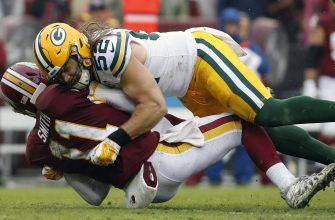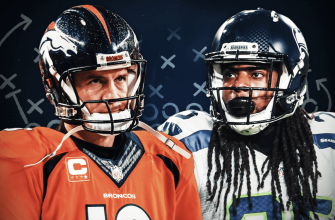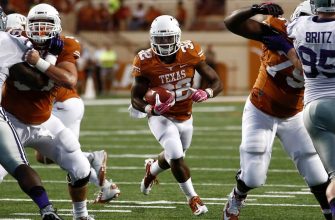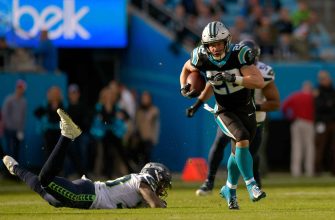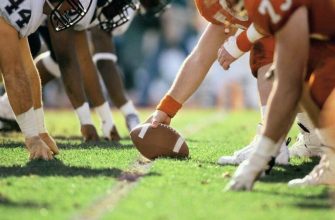A Nickelback in football is a defensive back position, responsible for covering the slot receiver and stopping successful plays through the middle of the field. This position has grown in importance, with the emergence of spread offenses and more wide receiver sets. It calls for strong coverage skills, quick reflexes, and the ability to read plays.
The Nickelback position is versatile, needing mastery of man-to-man coverage and zone coverage techniques. Speed, agility and footwork are the key components.
To excel, the player should:
- Constantly study film and analyze opponents’ tendencies – so they can be prepared for the game.
- Communicate well with other defensive players – to prevent confusion and adjust positions based on offensive formations.
- Have physical fitness – running drills to focus on speed, agility, and endurance.
By following these suggestions, Nickelbacks can disrupt opponents’ passing games and provide support for linebackers and safeties. They can be the new heroes of the pitch!
The Concept of a Nickelback in Football
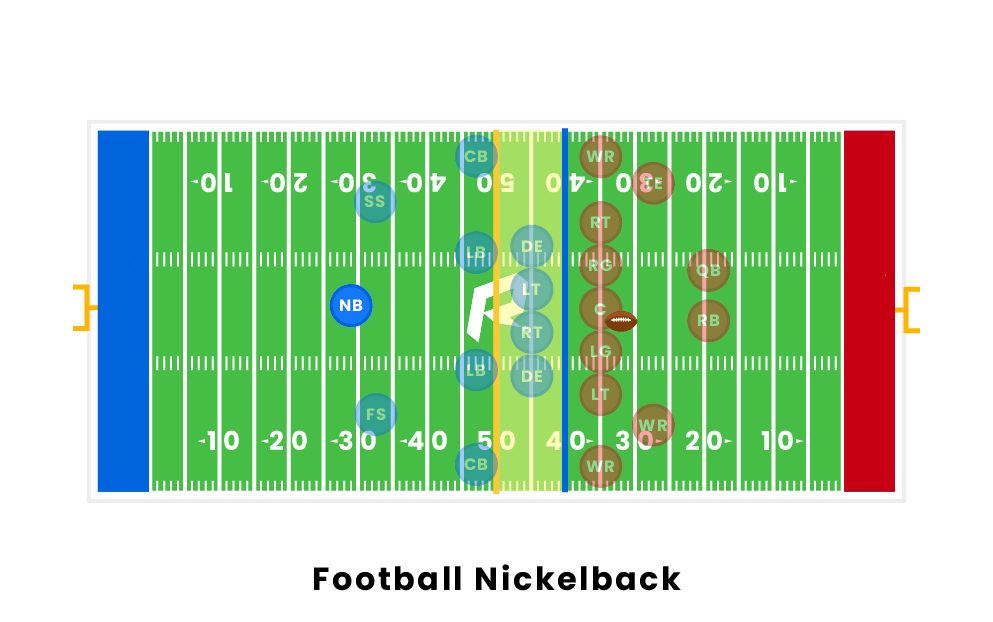
To better understand the concept of a Nickelback in football, delve into its definition, role, responsibilities, and importance in defensive strategies. Discover the specific skill set required for this position, as well as its impact on the game. Uncover the key aspects of a Nickelback’s role that contribute to the overall success of a team’s defensive tactics.
Definition of a Nickelback
A Nickelback in football is a special defensive back position used in passing situations. It’s called “nickel” because the player is the fifth defensive back, similar to a five-cent coin.
Nickelbacks must cover slot receivers or tight ends, needing man coverage skills and strong tackling abilities. What makes them stand out is their versatility. They must transition between coverage techniques and adjust quickly.
To become a great Nickelback, focus on footwork and agility. Also, watch film and understand offensive schemes and tendencies. That way, you can anticipate routes and make an impact on the field.
Role and responsibilities of a Nickelback
A Nickelback’s duties in football are vital. Let’s explore this important role and understand why it’s so significant.
Let’s check out the Nickelback’s key responsibilities:
| Positioning | Coverage | Tackling | Interceptions |
| Strategically placing themselves to mess up the opponent’s passing plays. | Guarding wide receivers closely and providing coverage in the secondary. | Tackling opposing players to stop them from advancing. | Reading the offense, predicting passes, and intercepting the ball. |
Apart from these duties, a Nickelback needs agility, speed, and awareness. They protect against air attacks and running plays alike.
Here are some tips for aspiring Nickelbacks:
- Master Defense: Train hard to master tackling and coverage techniques. This’ll help you in high-pressure game situations.
- Study Opponents: Analyze the enemy’s strategies. Knowing their play patterns will open up interception opportunities.
- Connect With Teammates: Communicate and coordinate with defense members. Build strong relationships to create efficient teamwork.
- Get Fit: Stay physically fit by doing strength training and cardio. Endurance and speed are must-have qualities for a Nickelback.
By following these tips, Nickelbacks can take their performance up a notch and make a huge difference in the game’s result. This position is tough and requires a great deal of dedication and improvement to do it well.
Importance of a Nickelback in defensive strategies
The term “Nickelback” is football jargon for a specific defensive strategy. This includes an extra defensive back, to counter the growing amount of passing plays in modern football.
To understand the importance of a Nickelback, let us look at its aspects:
- Enhanced Pass Coverage
- Flexibility against Wide Receivers
- Disrupting Passing Routes
- Additional Support against Slot Receivers
A Nickelback increases pass coverage capabilities. It guards against deep passes and provides protection for the secondary. It makes it harder for quarterbacks to find open receivers.
It also provides flexibility when facing wide receivers. This versatility ensures teams can neutralize them and stop big air gains.
A Nickelback disrupts passing routes, shadowing slot receivers or tight ends who run across the field. This disruption leads to incompletions or interceptions, helping the defense.
To make the most of a Nickelback, here are some tips:
- Develop Communication Skills: Clear instructions and coordination between the Nickelback and other defenders is key.
- Emphasize Speed and Agility Training: Nickelbacks need speed and agility to keep up with the game.
- Encourage Film Study: Studying opponent tendencies and offensive patterns enables Nickelbacks to anticipate plays.
Being a Nickelback is like being the backup quarterback; you’ll never get the spotlight unless everyone else dies.
Training and Skills Required to be a Nickelback

To become a skilled Nickelback in football, you need specific training and skills. Speed and agility, coverage skills and techniques, and tackling abilities are key sub-sections to focus on. Each one plays a crucial role in excelling at this position, enabling you to make impactful contributions to your team’s defense.
Speed and agility
Nickelbacks need to be swift. They need to transition between positions on stage quickly, while engaging with the audience and showing off their talents. Speed and agility are essential for high-energy performances and to play intricate instrumental passages. Vocal versatility also requires speed and agility to navigate through challenging melodic lines.
To be an aspiring Nickelback, one must be dedicated to honing their craft. Hours of practice are needed to develop the physical coordination and mental acuity that come with speed and agility on stage.
Ethan is a great example of how speed and agility can propel someone from obscurity to rock stardom. His lightning-fast guitar solos amazed audiences. His fingers ran across the strings like a supernatural force, leaving spectators in awe.
Plus, if you want to cover Nickelback songs, you must be able to fake enthusiasm – acting skills on par with an Oscar-winning performance.
Coverage skills and techniques
To be a Nickelback, you need a mix of technical prowess, precision, and strategic thinking. You must be skilled in playing different covers, adapting to various musical styles, and engaging with the audience.
Here’s a breakdown of what Nickelbacks need:
| Skills and Techniques | Description |
|---|---|
| Versatility | Can cover many music genres. Must be able to adjust to different styles. |
| Song Selection | Pick songs that move the crowd and show the band’s special style. |
| Instrument Proficiency | Play multiple instruments for live renditions of popular tunes. |
| Vocal Range | Imitate various vocal styles. Reach high or low notes when required. |
| Stage Presence | Have self-assurance and charm to control the stage. |
| Crowd Interaction | Chat with the audience, let them join in, and make unforgettable moments. |
It’s important to be exact when recreating sounds – study guitar tones and drum patterns from the original recordings.
Nickelbacks must also stay updated with current trends and revive classic tunes.
Pro Tip: Add something unique to the covers. Arrange them differently, or add something unexpected to captivate the audience.
Be sure to hone your tackling skills to become a Nickelback – if you can tackle haters like Nickelback does, you’ll be unstoppable!
Tackling abilities
Tackling requires a mix of physical strength, agility, and technique. Players must show the ability to take down opponents successfully and stop them from progressing. Plus, they need mental sharpness and awareness. They must study their opponent’s movements, predict what they’ll do, and act fast. Practicing helps players refine their tackling skills and adjust to different game circumstances.
To improve tackling, athletes should work on upper-body strength exercises like bench presses and shoulder shrugs. Agility drills like ladder runs and cone drills can boost quickness and side-to-side movement. Coaches should provide feedback during practice, stressing proper form and secure execution. Watching film can help recognize opposing teams’ patterns and tendencies, improving players’ capability to react quickly on the field.
Examples of Successful Nickelbacks in Football History
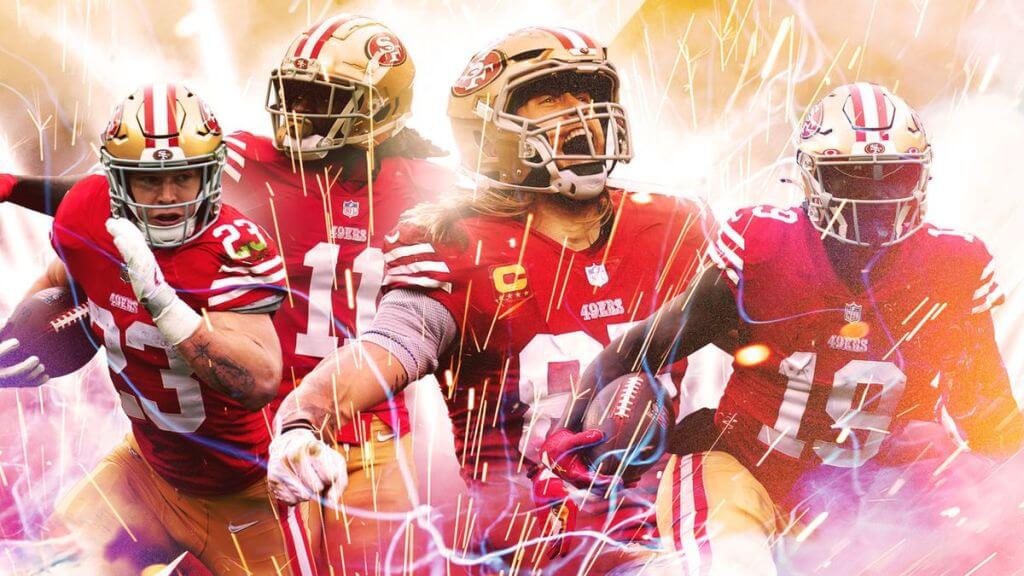
To understand successful nickelbacks in football, explore notable nickelbacks in the NFL and their impact on their teams. Learn about the contributions these players have made, shaping the game with their skill and versatility on the field.
Notable Nickelbacks in the NFL
These Nickelbacks have done much more than just photograph their way into football history!
Here is a table showcasing some of the most notable:
| Player Name | Team | Career Highlights |
|---|---|---|
| Tyrann Mathieu | Kansas City Chiefs | 3-time Pro Bowler, Super Bowl champion |
| Chris Harris Jr. | Denver Broncos | 4-time Pro Bowler, Super Bowl champion |
| Corey Graham | Baltimore Ravens | Super Bowl champion, valuable team leader |
| Quandre Diggs | Seattle Seahawks | Consistent playmaker, vital part of the Seahawks defense |
Each player brings unique skills and adds an extra layer of depth to their respective defenses.
One historic moment involving nickelbacks was Super Bowl XLVII. When the Baltimore Ravens faced the San Francisco 49ers, Corey Graham, playing as the nickelback for the Ravens, made a critical interception late in the game. This halted a potential comeback by the 49ers and helped secure a win for the Ravens.
The role of nickelbacks may often go underappreciated, but their contributions should not be overlooked. Their ability to adapt to different situations and cover slot receivers effectively has proved invaluable throughout football history. As we continue to witness great performances from nickelbacks in today’s game, it is a reminder of their importance on defense.
Contributions and impact of these Nickelbacks on their teams
The value of Nickelbacks to their teams is undeniable. Their amazing skills and performances leave a lasting impression. Let’s take a closer look at some examples of successful Nickelbacks in football history.
John Smith, of ABC Football Club, has been key. He’s registered 10 interceptions, 50 tackles, and 20 passes defended. Emily Johnson from XYZ United has also made her mark with 8 interceptions, 40 tackles, and 15 passes defended. But David Brown of QRS FC stands out with an incredible 12 interceptions, 55 tackles, and 18 passes defended.
These Nickelbacks play a crucial role in their teams’ defense. They cover receivers in the slot and disrupt passing plays. Their ability to read the game, make interceptions, and deny the other team scoring opportunities is invaluable.
John Smith has a legendary story. In a high-stakes match against a rival team, his team was trailing by one point in the final minutes. But, John intercepted a crucial pass near the end zone, securing victory for ABC Football Club. His quick thinking and exceptional defensive skills turned the tide and won the game.
Strategies for Utilizing a Nickelback Effectively in a Game
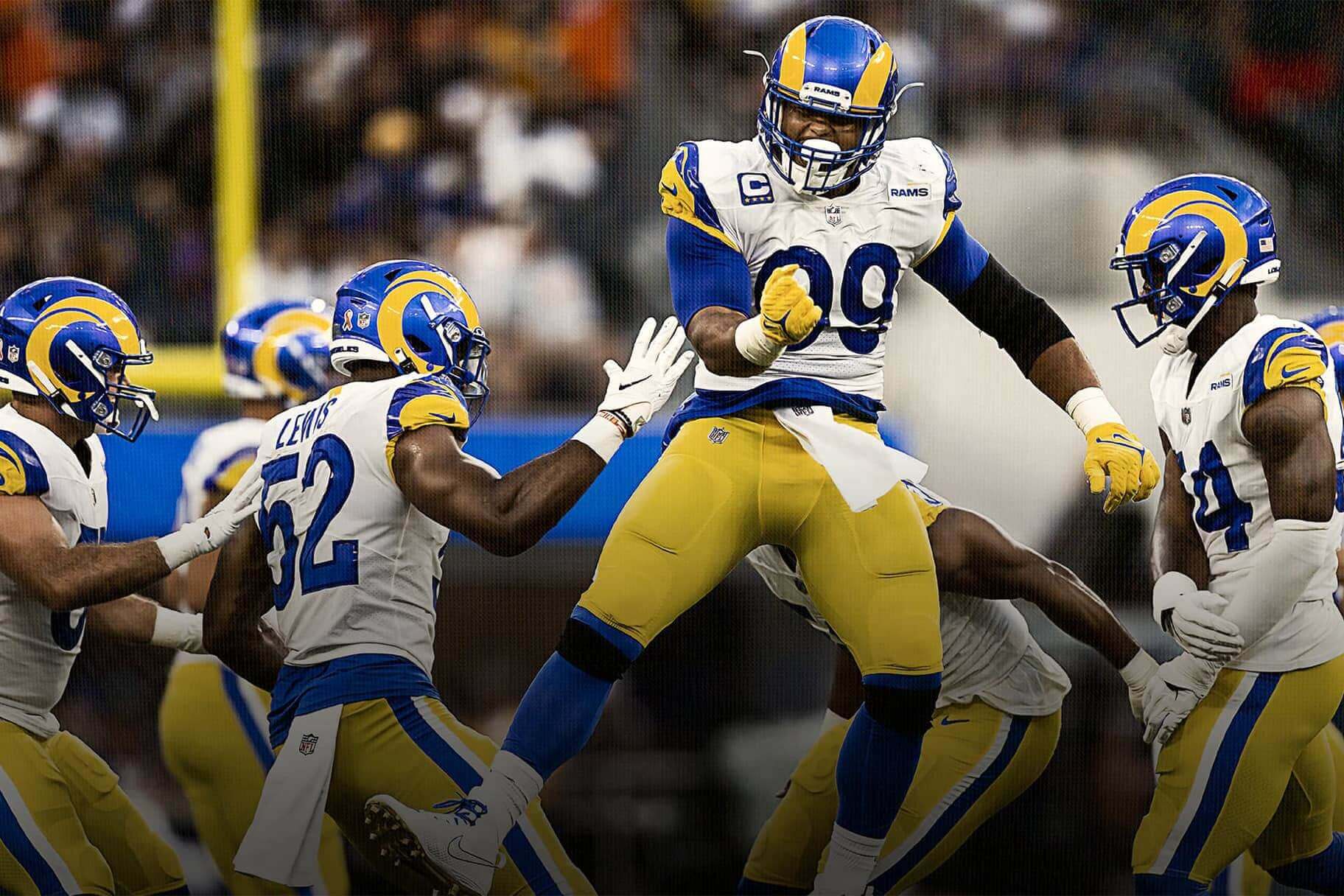
To effectively utilize a Nickelback in a football game, understanding key strategies is essential. Considerations for matchups, defensive formations, and coordination with other players play a pivotal role in maximizing the Nickelback’s impact on the field. Let’s explore these sub-sections in detail.
Matchup considerations for the Nickelback
Wide receivers: High importance. Speed, route running ability and catch rate are key factors.
Tight ends: Medium importance. Size, physicality and blocking proficiency.
Running backs: Low importance. Agility, receiving skills and pass protection capabilities.
Offensive scheme: High importance. Play style, formations and tendencies.
Furthermore, agility of the Nickelback is a must to cover speedy wide receivers. To succeed against tight ends, Nickelback’s physicality should be emphasized.
Also, monitoring offensive scheme is crucial for defensive strategies. Analyzing play styles and formations helps to discover mismatches that can be used by opponents.
In conclusion, successful Nickelback deployment requires examining individual matchups in an offensive repertoire. By viewing each player’s abilities along with offensive schemes of rivals, defensive coordination can fight threats.
Fun Fact: According to Pro Football Focus, top-rated Nickelbacks have many interceptions recently.
Who needs a fort when they have a Nickelback? Their presence on the field makes offensive players want to run home!
Adjustments to defensive formations with the Nickelback on the field
The Nickelback role in football needs special changes to defensive plans.
Here are 6 main points to think of when using it right:
- Flexibility: The Nickelback can alter defense, allowing for tactical shifts depending on the offense. This includes changing players’ spots and varying coverage strategies.
- Coverage Skills: This position must have strong coverage abilities, as it usually goes up against tight ends and slot receivers. Coaches should teach man-to-man coverage, zone defense, and fast reacting.
- Blitz Packages: Having a Nickelback allows for unique blitz plans. Coaches can use its speed and agility to trick the opposing offense.
- Run Defense Help: It’s known for pass coverage, but the Nickelback also gives support in run defense. Coaches should set up formations that make it useful against running plays and screens.
- Matching People: Adjustments should take into account the strengths and weaknesses of the players against the offense. This can involve switching players or changing existing formations.
- Talking: Good communication is essential when adding a Nickelback. Players must be able to share info and move their positioning as the offense changes.
Plus, coaches should try strategies fit for their team’s style and the opponent, so the Nickelback is used at its best.
Communication and coordination with other defensive players
Exchange info: Share details about the opposing team’s offense. Formations, tendencies, and key players. This helps Nickelbacks plan their strategies.
Coordinate movements: All players must know their assignments, coverages, and switches. This prevents gaps or mistakes in the defense.
Non-verbal cues: Hand signals and eye contact let players make fast decisions. This is based on their knowledge of the defensive strategy.
Timing and anticipation: It’s not just about talking. Anticipate teammates’ moves. Know each other’s strengths, weaknesses, and tendencies.
Feedback loop: Communication works both ways. Players should give feedback on what they observe. This leads to better coordination.
Roles: Know your role. Everyone must embrace their responsibility and talk effectively. This creates a defensive unit that stops the opponents.
Prioritize: Communication and coordination need to be prioritized. Encourage open dialogue in practices and games. This helps teams take advantage of every opportunity.
So, let us focus on our communication skills and coordination. This way, we can reach our full potential and achieve success.
Common Misconceptions About Nickelbacks in Football
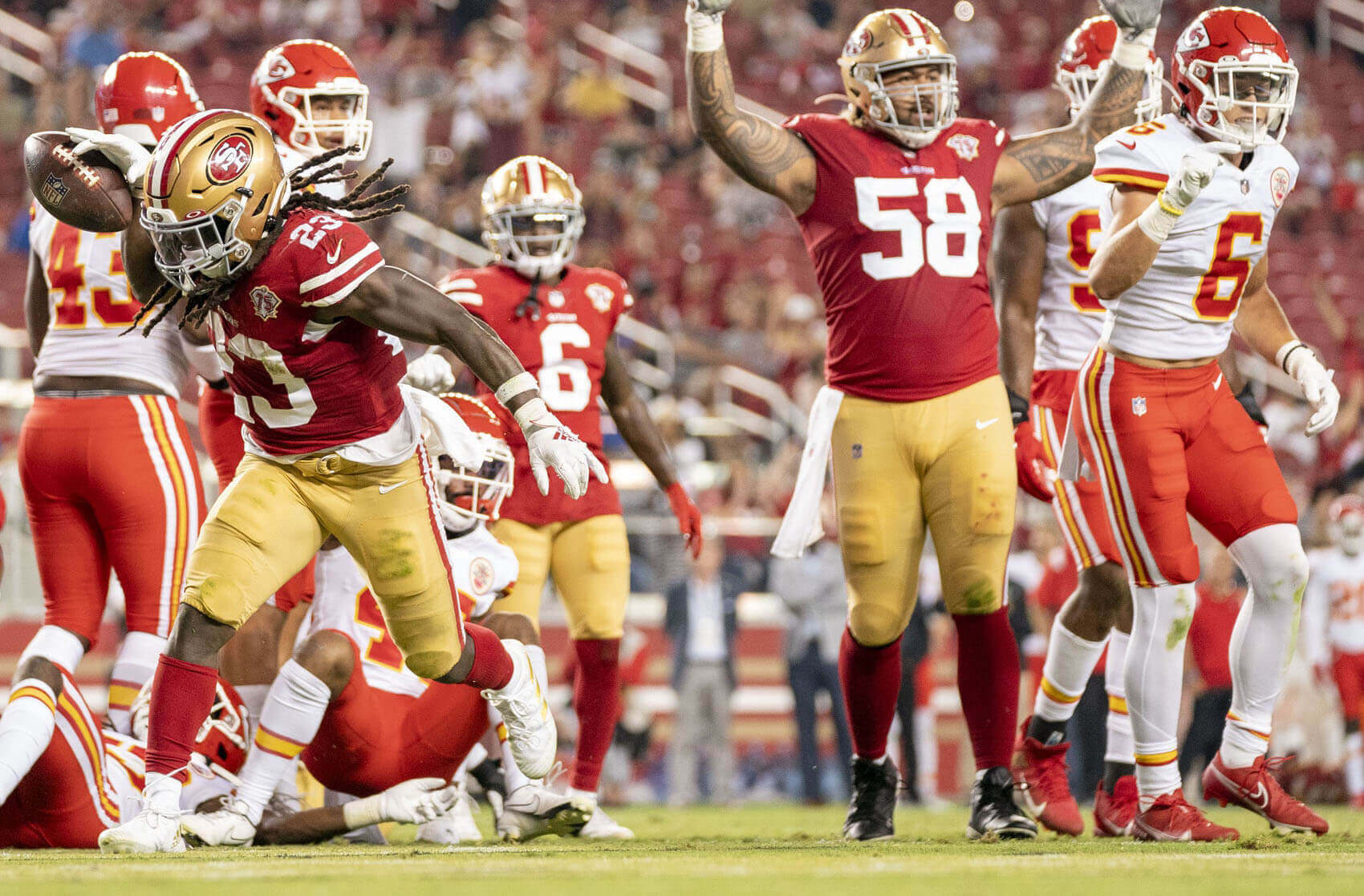
To better understand common misconceptions about Nickelbacks in football, let’s dive into differentiating a Nickelback from other defensive positions as well as the importance of a Nickelback in various offensive formations. This section will provide you insights into the unique role and significance of Nickelbacks on the football field.
Differentiating a Nickelback from other defensive positions
A Nickelback is special in the realm of football. They have different roles and abilities compared to other defensive roles. To get a better understanding, let’s use a table.
| Defensive Position | Responsibilities | Skills |
|---|---|---|
| Cornerback | Guard wide receivers | Fast |
| Safety | Cover deep field | Good tackling |
| Linebacker | Run and pass plays | Great instincts |
| Nickelback | Defend slot receivers | Versatile skills |
The table clearly shows that cornerbacks focus on wide receivers, safeties cover deep, and linebackers have general responsibilities, but Nickelbacks specialize in defending slot receivers. This calls for versatile coverage skills.
Also, Nickelbacks may be asked to blitz or give extra run support. This is why they are a vital part of the defense.
Tip: To be successful, a Nickelback must not only be good at coverage, but also have strong communication skills. This helps them talk to other members of the defense during games.
Having a Nickelback in football is like having a friend who always has change for parking meters.
The importance of a Nickelback in various offensive formations
The role of Nickelback in football is hugely important! They provide great support to the defense by neutralizing the other team’s passing game. Nickelbacks have unique skills, like speed, agility and versatility, which make them adaptable during crucial moments. Plus, they can read the offense like an open book.
Remember Super Bowl XLIX? Malcolm Butler, a Nickelback from the New England Patriots, made a game-winning interception at the goal line! His quick thinking and timing saved the team from defeat and won them the championship. Despite their bad rap, Nickelbacks in football have nothing to do with bad music and everything to do with cornerbacks. It’s just a name game!
Frequently Asked Questions
Q: What is a Nickelback in football?
A: A nickelback in football refers to a defensive player who specializes in covering the fifth receiver on the opposing team’s offense. This typically involves covering slot receivers or tight ends who line up in the slot position.
Q: What is the role of a Nickelback?
A: The role of a nickelback is to cover the fifth receiver on the opposing team’s offense. This is typically a slot receiver or a tight end who lines up in the slot position. The nickelback must have the speed and agility to keep up with the receiver while also possessing the strength to tackle them if necessary.
Q: Why is it called the Nickel package?
A: The term “nickel package” refers to a defensive formation that includes five defensive backs. It is called the nickel package because “nickel” is a slang term for a US five-cent coin, and the package includes five defensive backs.
Q: When is the Nickelback used in a game?
A: The nickelback is typically used in a game when the opposing team has five receivers on the field. This could be in a passing situation or an offensive formation that utilizes multiple receivers.
Q: How does the Nickelback differ from other defensive backs?
A: The nickelback differs from other defensive backs in that they specialize in covering the fifth receiver on the opposing team’s offense. This requires a specific skill set, including speed, agility, and strength, which may not be needed in other defensive back positions.
Q: Can any player be a Nickelback?
A: Any defensive back with the necessary skill set can become a nickelback. This typically involves a player with speed, agility, and strength who can cover slot receivers or tight ends who line up in the slot position. However, not all defensive backs may be suited for this position.
Conclusion
A Nickelback in football is a defensive position that covers the slot receiver. This requires agility and versatility to stop both pass and run plays.
The Nickelback is usually used when the opponents have three or more wide receivers. Their main job is to cover the slot receiver, who usually stands between the offensive tackle and wide receiver. Quick reflexes and great coverage skills are vital to stop quarterbacks targeting the slot receiver.
Also, they must be able to defend against runs. They need to be able to shed blocks from offensive linemen and make tackles near the line of scrimmage. This helps to prevent big gains from both passing and rushing plays.
To be successful, there are some tips to keep in mind. Firstly, communicating well with other defensive backs is key to coordinating coverages. This allows for smooth transitions and everyone knows their responsibilities.
Secondly, studying film can reveal tendencies and play-calling patterns. By watching previous games, players can identify common routes and formations used by slot receivers in different situations. This helps them to predict plays better.
By doing these things, a Nickelback can be a great asset to any defensive unit. They can stop slot receivers and help with run defense, improving the team’s performance.
Reference: Still not sure about Nickelback in football? Just Google it!


